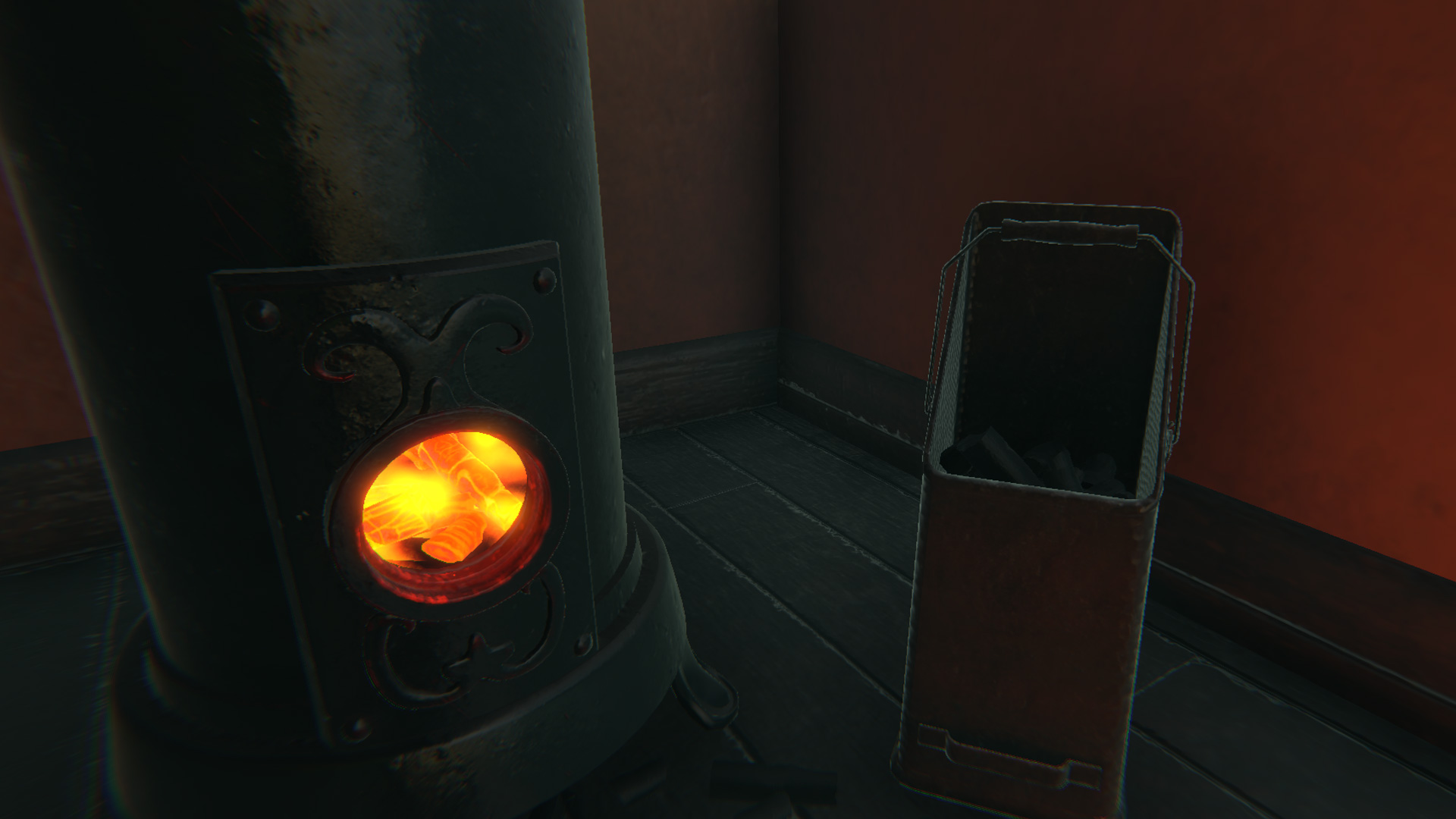Virtual Reality for the mainstream
Tate had a bold vision for a museum ‘first’: an integrated HTC VIVE VR experience at the heart of the blockbuster Modigliani exhibition at Tate Modern, which would connect visitors with one of the 21st Century’s greatest artists, and provide a unique insight into his work.
VR experiences had been created by museums and galleries before but Modigliani VR was to be a first – a VR experience that is fully integrated into a wider exhibition, and not simply a standalone add-on.
It was an exciting challenge.
On one hand, the in-gallery audience would be completely new to VR (on average 45-65-year-old traditional museum-goers) but on the other, the experience needed to be available on VIVEPORT for those who used and were familiar with the HTC VIVE hardware.
The experience needed to be accessible and enjoyable for both the art newcomer and the art connoisseur alike, and not assume any prior understanding of either the subject matter, or the technology.










